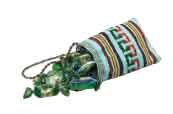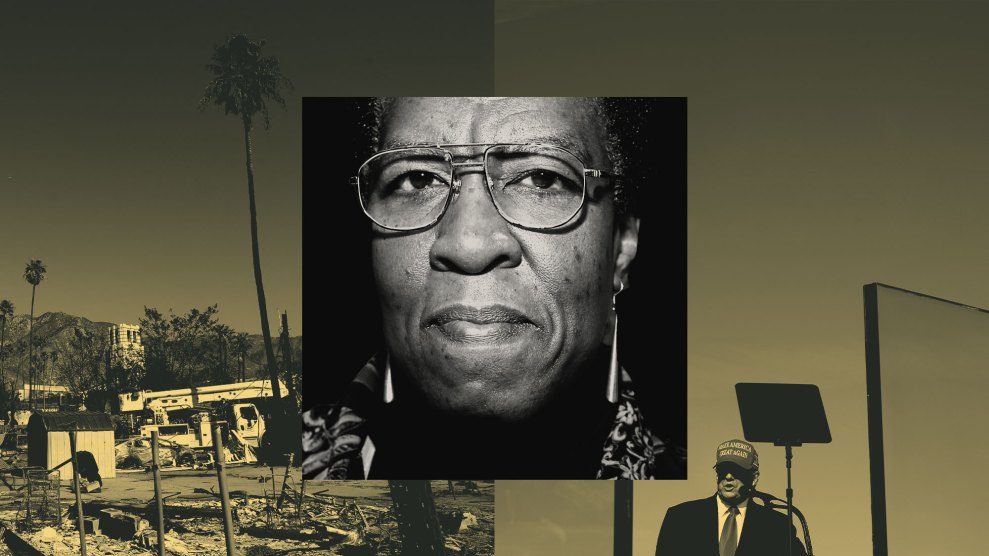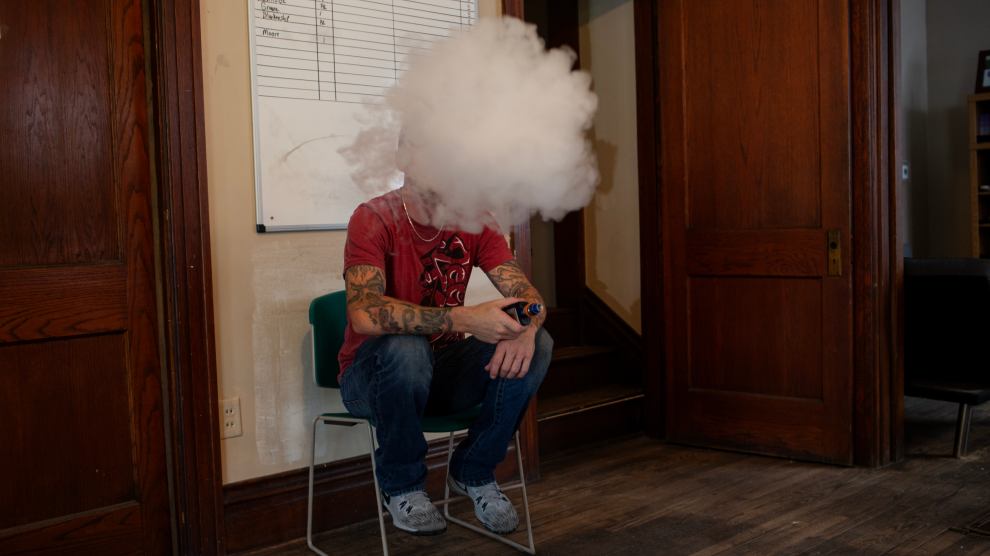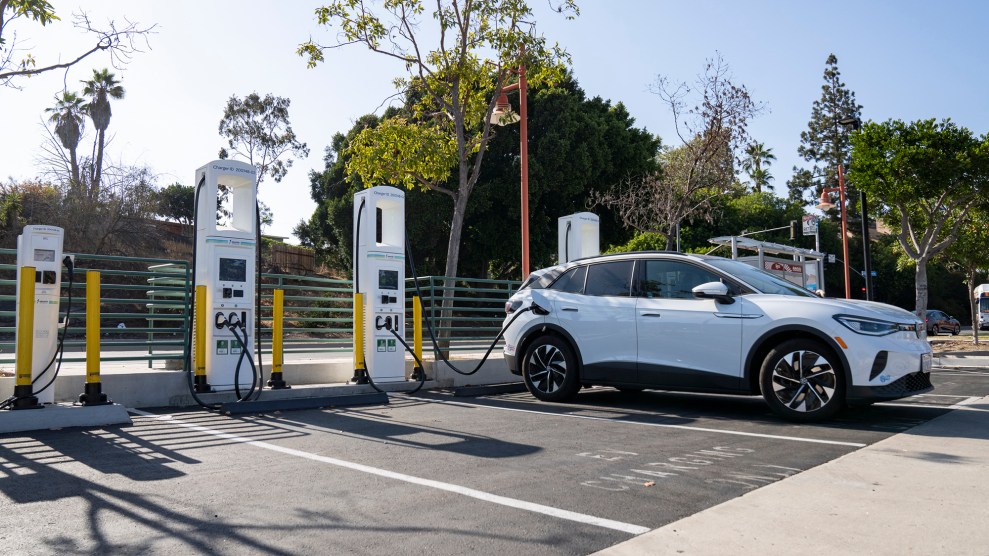For South America’s leftist leaders as well as edgy entrepreneurs, coke is a signifier of defiance. Peruvians have a long history of chewing coca leaves and using the plant for other traditional purposes, but now their government promotes coca products partly as a way to resist U.S. pressure to eradicate coca. And in pledging $1 million to fund two coca food-processing factories in Bolivia, Venezuelan president Hugo Chavez must be delighted to have found yet another way to poke a stick in the eye of “el Diablo.”
 The Fake Real Thing
The Fake Real Thing
“It was always the plan to let negative publicity move us forward,” says Jamey Kirby, the man behind Cocaine, an energy drink recently launched in the United States
.
 The Real Real Thing
The Real Real Thing
Coca toffees from Peru contain coca alkaloids, a mild form of the active ingredient in cocaine. Peruvian companies also produce coca cookies, energy bars, honey, and soda.
“I insist that [coca leaf] can be consumed directly and elegantly in salad.”
-Peruvian president Alan Garcia, December 2006.
Peru is the world’s No. 2 cocaine producer
.
How to Kill a Rainforest, for $4,975 Tax Dollars an Acre
—Koshlan Mayer-Blackwell
After six years and billions of dollars, Plan Colombia—the United States’ ambitious program of aerial spraying aimed at wiping out Colombia’s illegal coca harvest—has succeeded mostly in pushing coca growing into new areas.
Worse, data from the U.N. show that Plan Colombia has failed to significantly reduce the country’s cocaine output, and on the streets of the United States, blow is cheaper than before the spraying began.
|
Coca sprayed since 2000 |
1.8 million acres (nearly the size of Yellowstone Park) |
|
Retail price of Roundup herbicide needed to cover that area |
$91 million |
|
Amount paid to Dyncorp to oversee eradication in 2005 |
$174 million |
|
Coca cultivation in 2000 |
337,000 to 404,000 acres |
|
Coca cultivation in 2005 |
212,500 to 356,000 acres |
|
Area of primary forest replaced by coca fields since 2000 |
241,000 acres |
|
Percentage of coca detected in 2005 that was found in areas where coca had not grown previously |
44% |
|
Percentage of area sprayed in the coca-rich district of Putumayo that actually contained legal crops or forest |
40% |
|
Change in U.S. street price of cocaine from 2000 to 2005 |
-29% |
“The fight for coca symbolizes our fight for freedom. Coca growers will continue to grow coca. There will never be zero coca.” –Bolivian president and former cocalero Evo Morales, February 2006. Bolivia is the world’s
No. 3 cocaine producer
















